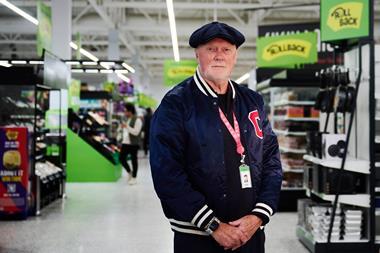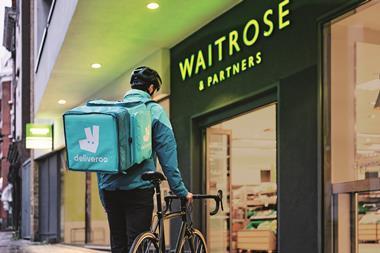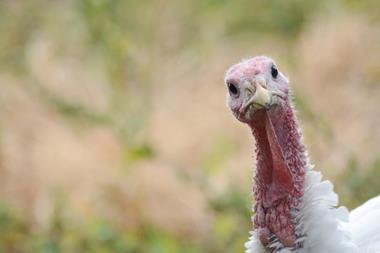
With food price inflation falling, cocoa is one big outlier. What this means is that chocolate prices are going up yet again, and the UK is going to be one of the first places to see those increases.
The irony is that even though cocoa prices are now falling on the expectation of better harvests in West Africa, pricing on shelf in 2025 could still be up double digits in percentage terms. This is broadly consistent with the biggest B2B chocolate player, Barry Callebaut, which is guiding for mid-single to mid-teens market pricing. The mid-teens relates to chocolate bars but with lower pricing for snacks containing lower cocoa content.
These levels of increases are because, even with the recent pullback in prices, the price of cocoa is still more than double or treble where it was just a few years ago. Due to hedging, manufacturers have been protected from higher costs, but new hedges are being contracted at much higher prices which will inevitably be passed on to consumers.
Cadbury and Milka owner Mondelez has said it expects the full impact of higher cocoa costs to be felt in the final quarter of this year, but will not yet have seen much benefit from its pricing and cost-saving actions. Even though chocolate only accounts for 30% of Mondelez’s portfolio, the company has said in 2025 it is unlikely to deliver earnings growth due to these exceptional cocoa costs. Management will also be watching volume elasticity of its pricing very closely. It may choose to push pricing a bit harder if elasticities are more benign than expected, or hold back some pricing if the volume impact is greater than modelled.
Lindt has said it is leaving its pricing decisions as late as possible, probably because it is hoping cocoa prices could drop further. Nestlé is also taking pricing actions in chocolate, but has suffered some delistings in Europe as certain retailers push back.
As well as pricing, we expect another round of ‘shrinkflation’ in chocolate. Manufacturers will want to maintain household penetration and will look at price pack architecture, which in layman’s terms means smaller pack sizes. We do not think it is wise for manufacturers to play with product formulation or cheaper ingredients, as consumers notice and complaints can go viral. However, none of the options are particularly attractive for manufacturers in the short term. Managing margins without some element of demand destruction will be far from straightforward. Manufacturers which are overweight in seasonal and gifting should be relatively protected, as elasticity is much lower than for everyday chocolate.
Read more:
-
Coffee prices rally on weather concerns in Brazil and Vietnam
-
Tea brand Devagiri aims for new supply chain model that champions workers’ rights
-
Lindt loses market share as chocolate prices rocket
The good news is the chocolate industry remains very resilient, and the outlook beyond 2025 looks much better. There is also growth to be had, particularly in premium chocolate in emerging markets. The chocolate market is worth $130bn globally but only 20% of this is premium. A 25% rise by 2030 would be a $6bn-$7bn market opportunity – countries such as Brazil , India, China and Mexico have big premiumisation opportunities. For example, Brazil is the sixth-largest chocolate market in the world by volume, but the premium part of the market is only in the single digits. We see this changing rapidly, with a number of these countries at a tipping point where per capita consumption of premium chocolate is likely to accelerate rapidly.
Whether chocolate can remain an affordable snack is a real question mark. Consumers might need to start thinking about chocolate being priced more akin to out-of-home coffee. Higher prices are likely to accelerate the trend towards eating less but higher quality chocolate. The good news for premium chocolate players is there is plenty of white space to take share from the mass chocolate market.



















No comments yet